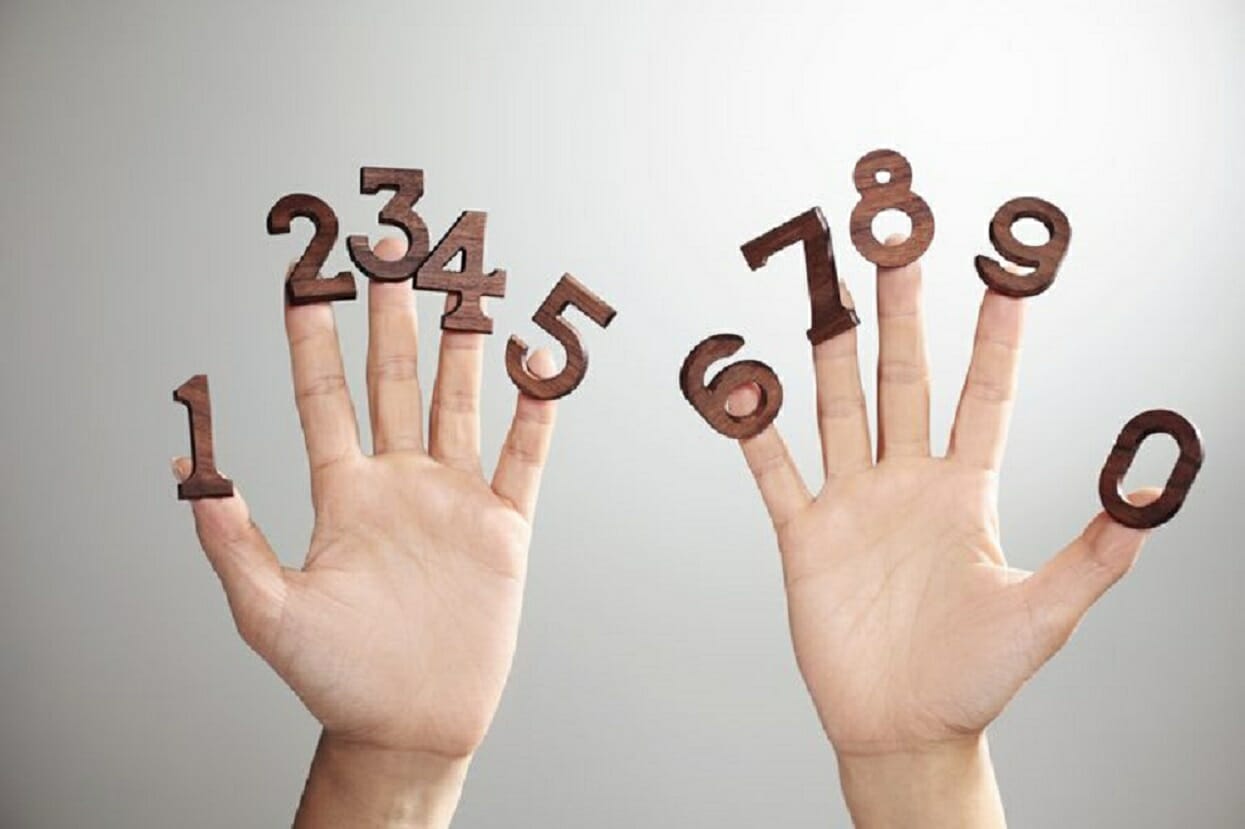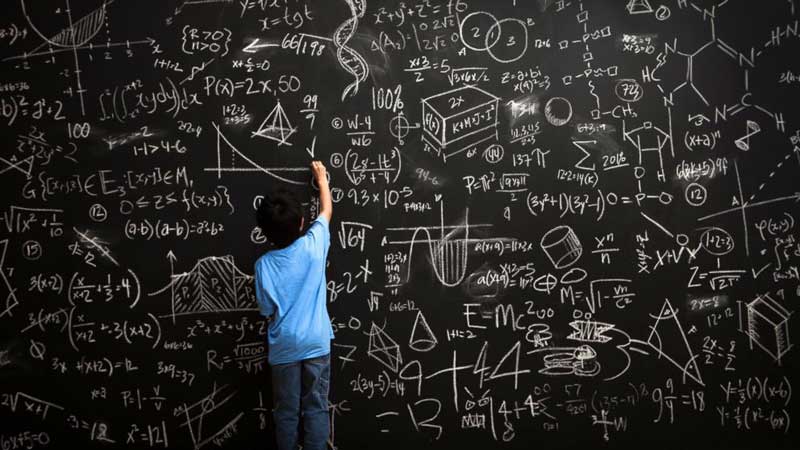There are many mathematical proof that has yet to be solved. They have eluded countless mathematicians who made it their life’s mission to solve them. One of the most elusive and most boggling math proof out there was the Boolean Pythagorean triples problem, which, until early 2016, was thought to be impossible. Researchers at the Cornell University have published their work on how they were able to solve the proof with the help of a powerful and massive computer system.
What is the Boolean Pythagorean triples problem?
To put it simply, the Boolean Pythagorean triples problem hopes to find if it’s possible to split the set N = $\{1, 2, …\}$ of natural numbers into 2 parts, whereas no triple $(a,b,c) can equal to $a^2 + b^2 = c^2$. Ronald Graham, a University of California, San Diego mathematician, who held the record of solving the then biggest proof even offered US $100 to anyone who could possibly solve it.

Source: Nature
The computer was tasked to use “Cube-and-Conquer”, a method for solving combinatorics type of problems, to solve the proof. This was tackled by splitting positive integers into 2 color groups, red and blue, and seeing if there is a set of three integers, a, b, and c, can satisfy the Pythagorean equation a^2 + b^2 = c^2, where no more than 2 numbers belong to the same color.
Managing computer resources
While there were countless possibilities on how to color each integer, the researchers decided to use techniques in number theories to lessen the amount of checks that the computer would need to do. Just doing this lessened the computer’s workload by 1 trillion steps.
After two days of 800 parallel running processors had gone through said steps, the University of Texas’ Stampede supercomputer gave birth to a 200-terabyte file. This file was then verified and checked by another computer program, which then provided the researchers with the proof.

Source: University of Texas
That said, the proof didn’t offer as much information as the researchers had hoped. The proof only mentioned: yes, it was possible to color the integers in multiple ways to get the result, but only till the number 7,824. Why isn’t it possible at 7,825? The proof was able to answer some questions, but more questions have arose thereafter.
Source:














